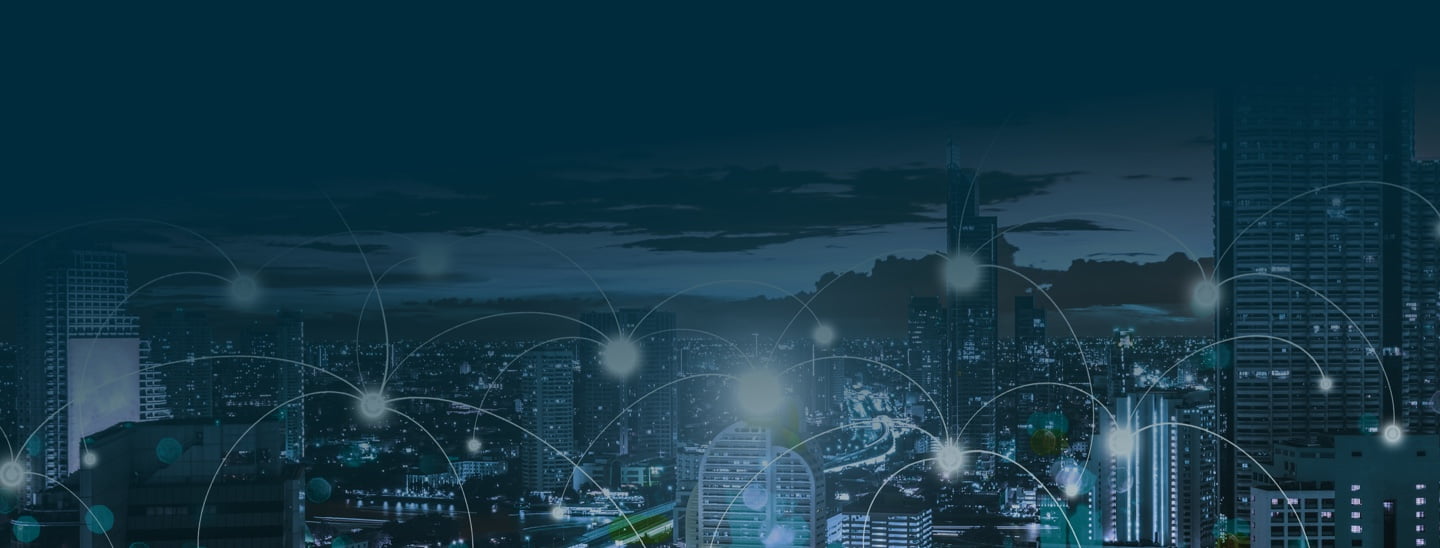System that, through devices installed in the building, is capable of recognising relevant sounds from the environment (e.g. a fire alarm, a beep for a health service or a citizen service office, warnings of closing doors or services or personalised notifications) and translate them into visual and sensory alerts on any device, both common to the space (smart lighting that is installed in the building) and personal (mobile, smartwatch or smartband). For building workers, they usually recommend smart bracelets so that the notification arrives directly regardless of where they are in the building.
The importance of privacy in AI should be stressed. The system works locally, to fully guarantee that no audio can leave the building, nor be heard by anyone. Sounds rather than voices are recognised. Once the sound has been recognised, the system itself is responsible for eliminating it so that no one has access to it. It has the approval of the Spanish data protection agency (AEGPD) and is included in the GVA’s Guide to success stories of ethical use of AI in the tourism sector.
By installing magnetic loops, they improve communication with hearing aid and cochlear implant users; and through a voice recognition functionality in the app, they eliminate communication barriers created by the use of masks that make it impossible to read lips. Any user will be able to read in real time the information that the health works want to convey. The smartphone’s microphone captures the staff’s voice and transcribes it on the user’s screen. In compliance with the GDPR and to protect all building workers, users cannot save these conversations. It is available in Spanish, Catalan, Basque, Galician and English and will soon be available in any language.
- IoT (Internet of Things)/Wearables
- Other solutions HW / SW
- Sensoring
- Technology
- Accesibility
El presupuesto varía en función de la casuística de cada espacio, por lo que tiene un precio ad-hoc dependiendo de la casuística del espacio.
Además, cada edificio lleva una licencia de uso asociada a cada equipo de IA instalado con un precio de 300€/año que permite recibir mejoras continuas sin costes adicionales.
Visualfy Places ya ha sido instalado en diferentes bibliotecas de la comunidad de Madrid y de Badajoz, edificios de servicios sociales y oficinas de atención a la ciudadana del Ayuntamiento de Málaga, Lugo, Palma, Lleida, gobierno de Aragón, gobierno de La Rioja, Consell de Ibiza, cabildo de Gran Canaria, Gobierno de Navarra, oficinas de turismo del Ayuntamiento de Valencia, Albergues de la Generalitat Valenciana, comisarías de Mossos d’Esquadra en Barcelona y en cetros educativos de Euskadi, entre otros.
Como empresa pública ya está instalado el sistema en la estación de Sol, actualmente en proceso de instalación en la red de cercanías de RENFE en Madrid.
A nivel privado, ya está instalado el primer Hospital del Grupo Ribera Salud, sede central de FIAPAS en Madrid, Fundación Randstad, Edificio Torre Ilunion, la sede central de Cruz Roja en Madrid, Oficina de Atención al Barcelonista del FC Barcelona, el hotel de la llave de la Judería en Córdoba o Hotel Tres Coronas de Benidorm.
A día de hoy contamos con más de 300 edificios en fase de proyecto que se prevé instalarán en los próximos años.
Como hemos comentado, se trata de una solución transversal que aplica en todo el customer Journey. Desde que se despierta en su propio domicilio, durante el desplazamiento bien sea en trasporte público o privado, al llegar a las instalaciones donde se va a alojar y en cualquiera de las actividades que quiera realizar durante su estancia vacacional.
27 de April de 2022
18 de April de 2024

